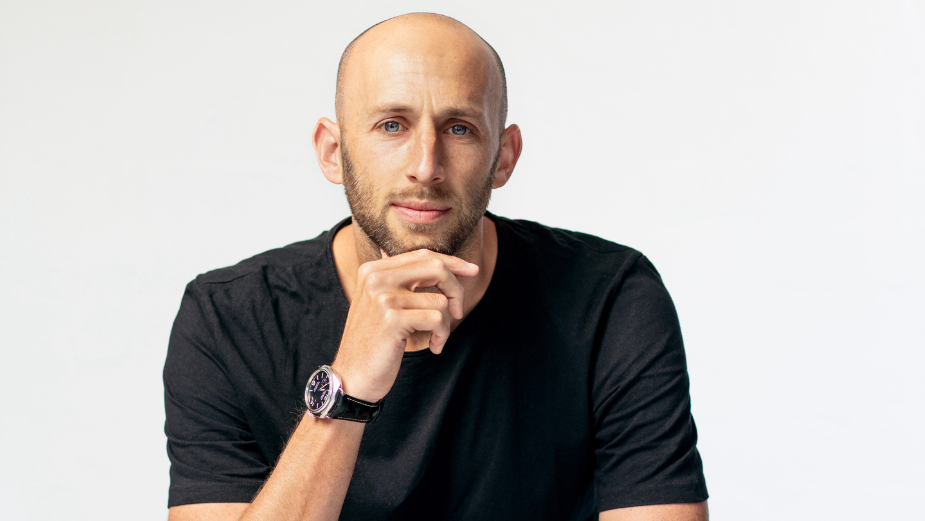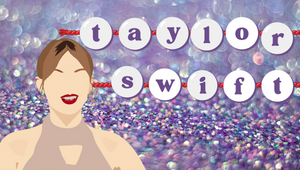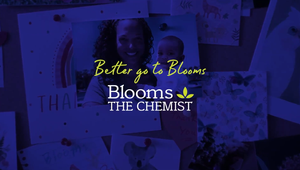
Marketing Lessons from Behavioural Science: Dan Monheit on Consumer Behaviour

Our homes, our offices, the way we commute, and the way we work are all changing.
But sometimes, the cost of focusing on what's changing is we forget to ask the very important question of what they said. When we look at all the things that are changing the times we forget to look at what stays the same.
“It's been a big three years .Things have changed around us - tools, techniques, and technologies. But the fundamental drivers of most of our decisions remain very, very stubborn”.
To Dan, the things that we want in life, like safety, security, and inclusion, are core human drivers. They persist, even if it feels like everything around us has been completely upended. And in 2023, this analysis of human behaviour is more important than ever for marketers.
“There are more distractions than ever. There's more things right down the tactical end of the spectrum that people are spending time and energy on”, says Dan. “And really, it's a bit of time and effort to think about what's actually shaping human decision making. Behavioural science gives us some really insightful perspectives on that.”
Behavioural sciences as a field of study kicked off in the 1950s. In the decades since, what Dan refers to as “oceans of evidence” based on thousands of peer reviewed studies have become essential guides for marketers. Prior to this, consumers were viewed as particularly rational decision makers, and marketers tried to optimise these decisions. But Dan, who still notices this marketing reflex in his professional life, wants to account for the decisions that “don’t make sense”.
“I think about behavioural science or behavioural economics as applying things like social psychology and decision theory to how people make choices in the moment”, explains Dan. “Marketers that embrace behavioural science also embrace the idea that humans are simultaneously irrational and dynamic. When you embrace the idea that humans are irrational, it opens up your mind to a whole world of possibilities that you otherwise wouldn't consider.”
When you talk to marketers, you invariably come across the concept of maximising versus satisfying. The idea that often marketers like to believe that customers may be ‘maximised’ for a category.
Dan describes this as the idea that whether you’re selling shampoo, yoghurt, or car insurance, marketers like to believe that customers shopping a given category, want the absolute best thing they can get for them.
But oftentimes, good enough is not going to be a catastrophe for the consumer. Brands don’t need to try and sell themselves as the absolute best.
“Somebody sitting at a railway station in Paris eating McDonald's is probably not maximising their decision, they aren’t looking for the best meal in Paris,” Dan explains. “But it’s satisfying, it's quick, it's easy, and it's unlikely to end up a catastrophe. It's a good choice. As marketers you have to remember, brands are very small things – we think they’re big things, but they're small things. Applying behavioural science helps us come to that conclusion, because when you realise most people most of the time are just trying to pick a thing that's not going to kill them and then get on with more important things in their lives.”
These are consistent, predictable quirks that shape our decision making, often resulting in us choosing things that don't make any obvious or rational sense.
For instance, exposure bias - the idea that familiarity makes us more comfortable with a product or service, which in turn makes us more likely to buy it - is one tool in the marketer’s arsenal.
“When you see a logo hundreds and hundreds of times, even if you don't consciously notice it, it does play on your psyche because your brain associates this with safety, and so categorises it as more favourable compared to new things that might be difficult to understand.”
Dan has also recently worked on a campaign that leveraged something similar: The status quo bias.
“The challenge with this product was that it was digital documentation, and whenever you ask people in businesses if they intend to move to digital documents they say yes, of course. And why wouldn’t you?”
Dan could have made ads about all the benefits of their client’s product; it’s quicker, it’s easier, it’s cost-effective, it's better for the environment and so on. But what the research revealed was that, in business, avoiding risk is the biggest consideration for most decisions.
“So even if all the benefits are great, the thing that people are really worried about is that they’re missing out. The real-life benefits for businesses are actually pretty intangible, but the consequences if it doesn’t work for them could be quite severe.”
That’s what Dan was dealing with; status quo bias. The wiring of humans to keep things essentially the same.
Realising this, Dan, instead of talking about everything that was great about his client, had to talk about everything that was risky about pen and paper.
“We think every brand has a behaviour change brief. And something we know is pretty much all behaviour change models come down to two levers - desirability, and ease.
That means, if you want somebody to exhibit a behaviour that they are not currently exhibiting, you can make it more desirable by making people feel better about the product, or you can make it easier for people.
“Whatever it is that you want them to do, we've built ourselves around the two key disciplines of creative comms; desirability and ease (CX). And of course, sometimes the advertising makes things a bit easier, and certainly can make things easier to remember. Sometimes the digital experience is about variability, because you're giving people brand moments. But those are our two primary levers.”
As a field of study, behavioural science is not particularly concerned with discovery, Dan says, but more with identifying and codifying things that humans do. And powerful brands maximise their knowledge of behavioural science to their benefit.
“Things like Who Gives a Crap and Thank You Water both give a significant portion of their profits to charities. It’s the idea that we reduce the value of benefits that are offered to the future and overvalue benefits in the here and now.”
This signals to consumers a different product benefit outside of traditional short-term gains.
“There are new studies and things being done every day, but we already know hundreds of key cognitive biases. I think what's exciting is looking at all of the quick and easy ways we can test them on different campaigns. Because there is no silver bullet. There's no bias that works on every customer.”













